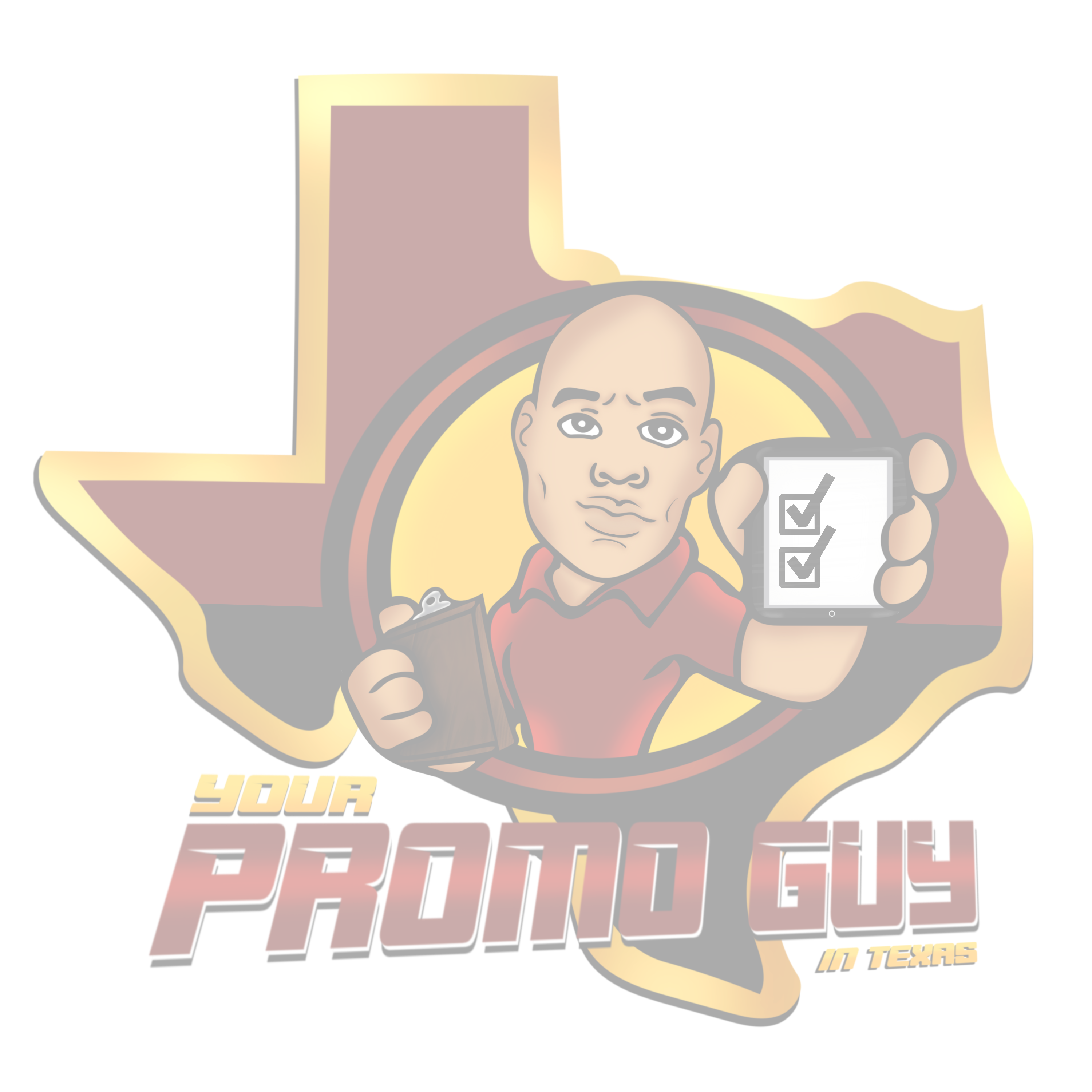In 2006, after Amazon Web Services (AWS) helped pioneer what we now call the cloud, product development changed forever. What once took millions of dollars and a team of engineers to create, a lone developer could suddenly hack together in half an hour. Today, one-third of daily internet users visit websites built on top of AWS.
AWS is now an $11.5B run rate business and has made up for an incredible 67% of Amazon’s operating revenue last quarter.
According to the Wall Street Journal, the cloud unit has pushed “Amazon to record profit.”
Amazon achieved such success by taking a “working backwards” approach to product development. In a Quora thread, Ian McAllister, Director of Airbnb and former GM of Amazon describes the process:
“For new initiatives a product manager typically starts by writing an internal press release announcing the finished product. The target audience for the press release is the new/updated product’s customers, which can be retail customers or internal users of a tool or technology. Internal press releases are centered around the customer problem, how current solutions (internal or external) fail, and how the new product will blow away existing solutions.”
Working backwards is a framework for how to think about product without lengthy roadmaps that end up being scrapped. It’s a way to short-circuit the traditional product development track, and make sure that you build something that your customers will actually care about.
How Amazon Works Backwards
Amazon starts their development process with what’s usually the last step when building products—the press release. Take a look at the 2006 press release for Amazon’s S3-Simple Storage Service, one of the first and best-known AWS products to be launched:

It looks simple, but when he was putting together a pitch for Amazon Web Services, the current head of AWS Andy Jassy tore through 31 drafts of the initial press release before taking it to Jeff Bezos.
The landing page for Amazon S3 today doesn’t look so different from the original press release. What’s really amazing is how little the press releases have changed over the past seven years, especially considering the speed and scale at which AWS took over the cloud. Just two small paragraphs have been added to the current product description:

The massive scope of the original product vision—“a simple web service interface to store and retrieve any amount of data from anywhere on the web”—is unchanged. Amazon was working backwards from “a mental image of a college kid in his dorm room having the same access, the same scalability and same infrastructure costs as the largest businesses in the world.” Today, Airbnb, Yelp, Slack, and Netflix are all hosted on Amazon’s servers.
The path to a finished product is always rocky and requires countless workarounds and timeline adjustments. Starting with a press release makes sure you’re still working towards that same customer-centric end-goal. As you build your product out, you use the press release as a guiding light.
In your “working backwards” document, describe the problem that you’re trying to solve, and how your product does it in a unique way compare to the competition. If your product’s features sound boring and dry to customers, don’t build them because they probably won’t get adopted. These days you can write a blog post instead of a press release since that’s the new most common medium used to communicate the launch of a product or service. Rewrite the blog post until you have something you’d be happy publishing. Rewriting drafts is much less expensive than rewriting code.
How You Can Create Better Product Development Habits
It’s not enough just to tell your product team to write a blog post and expect them to automatically start thinking about the customer. The reason why the “working backwards” approach has been so successful for Amazon is that they’ve sewn customer-centricity into the fabric of the entire company.
Deep product habits have to be built over time, through small triggers that motivate action.
Here are a couple proven tactics for building better product habits:
- Give the customer a chair in the meeting. At Amazon, every meeting that Jeff Bezos attends has an empty chair representing the customer—the “most important person in the room.” This is a strong reminder to everyone at the highest level of the food chain that the customer holds the throne.
- Consider scrapping your product roadmap. Product roadmaps never actually hold up past the first month or so. Often, product roadmaps represent commitments that shouldn’t be kept. As David Heinemeier Hansson, co-founder and CTO of Basecamp writes, “Accepting new entries into a product roadmap carries very real development debt” to stakeholders that you’ve promised new features. Instead of working forward on a product roadmap, work backwards from the customer to inform your product roadmap and ensure it’s focused on your actual customer needs.
- Force customer-centricity into the code. All the way back in 2002, Jeff Bezos issued a 6-point mandate to engineers at Amazon. One of the key points in the memo was that “all service interfaces, without exception, need to be externalizable.” This meant that everything engineers at Amazon built internally—even software that never saw the light of day—needed to be built as if the customer would use it. These constraints forced Amazon engineers and developers to think of the customer as they wrote code. Today this mentality is hardwired into the company.
Working backwards isn’t a silver bullet that guarantees you success on the scale of AWS. It simply forces you and everyone in the company, to build around the customer.
Focus on the Things that Don’t Change
Most founders start their company with the customer in mind. But the founders that build lasting products are the ones that build the customer into permanent development processes. If you make the customer the center and beginning of every product initiative, no matter how big or small, you hardwire it into a central part of your company culture.
Your approach to your customers is a reflection of your company’s mission. It’s not just about product-market fit, but positioning, marketing and sales. A customer-centric ethos will keep your entire company focused on building the best product possible. That’s the winning strategy!












